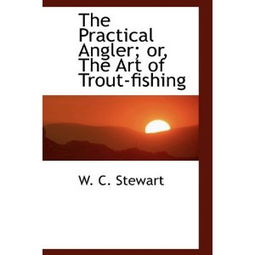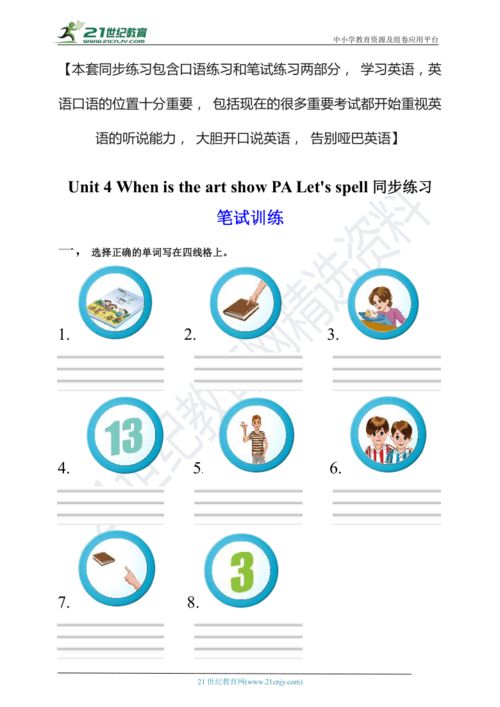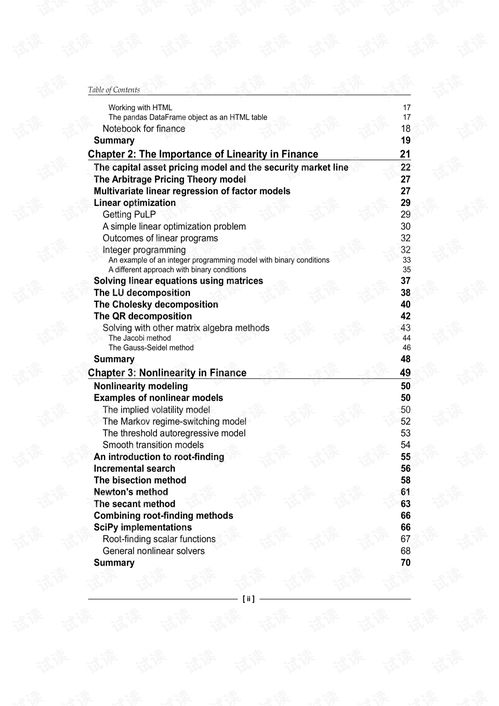Content:
Fishing, an age-old pastime, has been captivating anglers for centuries. From the serene lakes to the roaring rivers, the pursuit of fish has always been a source of relaxation and excitement. One of the most fundamental aspects of fishing is understanding how to use baited hooks effectively. In this comprehensive guide, we will delve into the world of fishing techniques and explore the ins and outs of using baited hooks to increase your chances of a successful catch.
Understanding the Basics of Baited Hooks
Before we dive into the nitty-gritty of using baited hooks, it's essential to understand their basic components. A baited hook is a piece of fishing tackle designed to hold bait or lures, which in turn attract fish. The hook itself is a sharp, barbed piece of metal that is attached to a line, allowing it to be cast into the water and retrieved at a desired pace.
There are various types of baited hooks available, each designed for specific fishing scenarios. Some common types include:
- Jig Hooks: Ideal for bottom fishing, these hooks have a short shank and a wide gap, making them perfect for attaching heavy baits.
- Circle Hooks: These hooks have a circular shape, which allows them to better penetrate the fish's mouth and reduce the risk of gut hooking.
- Treble Hooks: Consisting of three hooks attached at the end of a single shank, these are versatile and effective for a wide range of fishing situations.
Choosing the Right Bait for Your Hook
The choice of bait is crucial when using baited hooks. The right bait can make the difference between a catch and a blank day. Here are some tips for selecting the appropriate bait:
- Understand Your Target Fish: Different species of fish are attracted to different types of bait. Research the species you're targeting and choose a bait that is known to be appealing to them.
- Natural Bait vs. Artificial Lures: Natural bait, such as worms, insects, or fish, can be highly effective. However, artificial lures can also be just as successful, especially in situations where natural bait is scarce or less appealing.
- Consistency is Key: Use bait that is consistent in size, shape, and color to ensure that your hook presents a uniform and attractive offering to the fish.
Properly Attaching the Bait to the Hook
Once you've selected the right bait, it's time to attach it to the hook. Here are some general guidelines for baiting your hook:

- Start with a Strong Grip: Hold the bait firmly with one hand, ensuring that it doesn't slip off the hook.
- Position the Bait: Place the bait on the hook so that it is in a natural position for the fish to take. For example, when using a worm, position it so that it looks lifelike and natural.
- Secure the Bait: Make sure the bait is securely attached to the hook. If it's a live bait, such as a worm, you may need to thread it onto the hook. For artificial baits, ensure that they are securely clipped or tied onto the hook.
Fishing Techniques for Baited Hooks
Once your baited hook is ready, it's time to put it to use. Here are some fishing techniques to help you increase your chances of catching fish:
- Cast and Retrieve: This is the most common technique for using baited hooks. Cast your line out, allow the bait to sink to the desired depth, and then retrieve it at a steady pace.
- Jigging: For jig hooks, move the bait up and down in short, sharp motions to mimic the natural movement of prey.
- Trolling: Trolling involves moving your boat at a steady speed while dragging your baited hook behind you. This technique is effective for covering large areas and attracting fish from a distance.
Safety and Etiquette
Fishing with baited hooks is not just about catching fish; it's also about respecting the environment and fellow anglers. Here are some safety and etiquette tips to keep in mind:
- Handle Fish with Care: When catching fish, be gentle and release them promptly to minimize stress.
- Keep the Environment Clean: Dispose of trash properly and avoid disturbing the natural habitat.
- Respect Other Anglers: Be mindful of your fishing spot and avoid casting over other anglers' lines.
In conclusion, mastering the art of using baited hooks is a vital skill for any angler. By understanding the basics, selecting the right bait, and employing effective fishing techniques, you'll be well on your way to a successful day on the water. Remember to always prioritize safety and respect for the environment, and you'll be able to enjoy the beauty and tranquility of fishing for years to come. Happy fishing!












